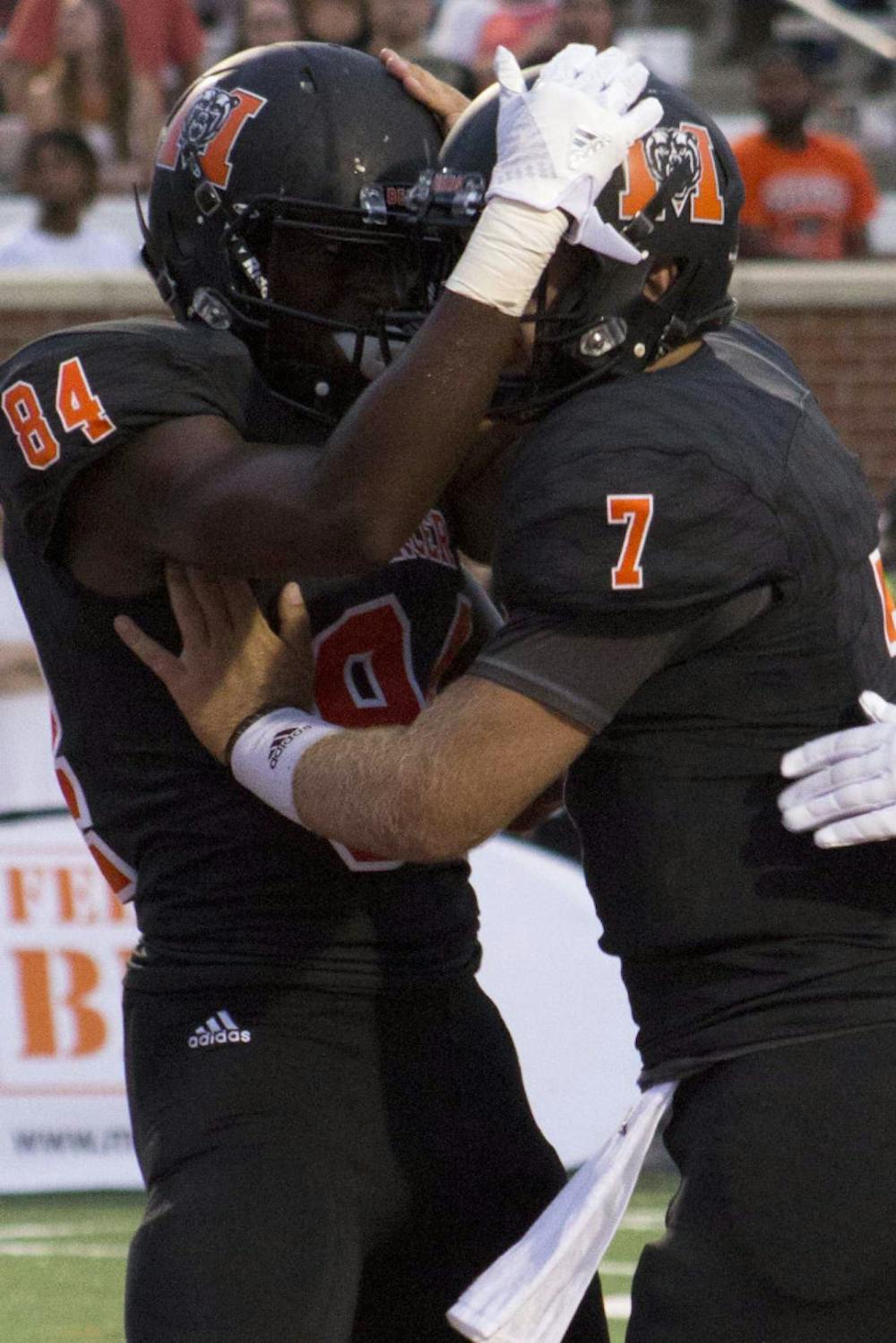Have you ever gone to a friend’s house to watch football or worse, gone to an actual football game, and pretended to be excited, but you really didn't know what was going on in the game? Have you ever wanted to host a tailgate and not known what to do? Here are some things you need to know to thrive this football weekend:
Tailgating
Food: One of the most important parts of a tailgate is food. The food at tailgates is generally what you see at cookouts: burgers, hotdogs, buns, potato salad, baked beans, salad, etc. If you don’t know what to bring, just bring some drinks. Drinks are always needed.
What to wear: Tailgates are typically held outside, so it’s best to wear what the weather calls for. If hot and sunny, then wear shorts and a tank top or t-shirt. If it’s cold and windy, wear a hoodie or coat with pants. You can never go wrong with sporting some fan gear.
Entertainment: Entertainment is also one of the most important things at tailgates and can be a variety of things. There can be music, outdoor games such as cornhole, a television playing other football games and more.
Offense vs Defense vs Special Teams
Offense: The offensive side is the team that is trying to get the ball to their respective goal line. The goal line is the line at the end of the field at which the offensive team needs to cross in order to get a touchdown. A touchdown is achieved when the offensive team crosses the goal line. It’s worth six points.
Defense: The defensive side is the team that is trying to stop the opposing team from getting a first down or more importantly any points.
Special Teams: Special teams are called to kick for an extra point after a touchdown, kickoffs after scores, punts when teams fail to convert on third down and, if close enough, to kick the ball for a field goal for three points if the offense can’t score a touchdown. (See rules section for more details).
Rules of the game
Offense: The offense has four attempts (plays) to get the football 10 yards from their starting position. The offensive team can either “pass” the ball by having (usually) the quarterback throw it downfield, or “run” the ball by having the quarterback keep it or hand it off to a running back to run. If they haven’t gotten 10 yards by the third attempt, then they can call their special teams to kick the ball to the other team, putting that team on offense. However, if they try a fourth attempt and fail, then they give up possession of the ball to the other team from the current spot. If the offensive side succeeds in getting the ball ten yards from their starting position, then the number of attempts they receive resets. The offensive players are in play until they are stopped by the defense, a field goal is kicked, or the offensive team gets the ball across their respective goal line to score a touchdown.
Defense: The defense has four attempts (plays) to stop the offense from getting the football 10 yards from their starting position. The defensive players can take down (tackle) the offensive players to stop them, or they can intercept a pass or recover a fumble to take possession of the ball. A fumble is when a player drops the ball before or while being tackled after he has possessed and secured the ball. If the player fumbles the ball, players on either team can pick up the ball. An interception is when a player on the defensive team catches a pass meant for a player on the offensive team. The defensive players are in play until their team gains possession of the ball. Then, they are switched with the offensive players of their team.
Special Teams: The special teams are needed whenever a punt or kick is needed. A kick-off is needed for the start of the game, after halftime, after a touchdown is made, and when there is a change in possession of the ball. A punt is kicked when the offensive team fails to get a first down and isn’t close enough to make a field goal. A point after attempt is made after a touchdown to score an extra point. If the kick misses, then the team does not get the extra point. The offense can be left on the field to attempt to gain an extra two points instead of one by getting the football across the goal line again. The offense can also line up as a special team preparing to kick for an extra point, but go for two points instead. This would be called a fake. If they fail to cross the goal line, no points are added to their score. Special teams can also be called for a field goal to go for three points. This is when the offensive team can’t get the ball across the goal line, but they are close enough to kick the ball in between the goal posts. If the kick goes between the goalposts, it is worth three points. After a kickoff, the opposing team gains possession of the ball.
A simple guide to the game of football

Mercer's Avery Ward (84), left, and John Russ (7) celebrate after the first touchdown in their game against The Citadel.




